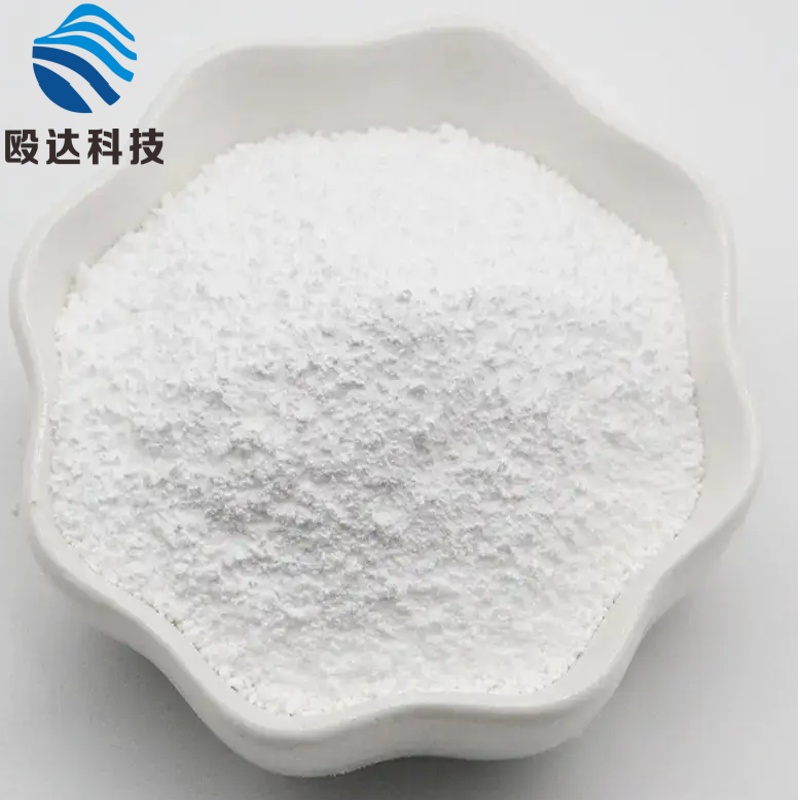In the history of health and Family Planning Commission upgrading, 10 kinds of antibiotics were banned in Nanjing outpatient clinic
-
Last Update: 2015-04-07
-
Source: Internet
-
Author: User
Search more information of high quality chemicals, good prices and reliable suppliers, visit
www.echemi.com
Source: Cypress blue sorting 2015-04-07 according to the Modern Express News, recently, Nanjing has implemented the "Jiangsu Province classification management catalog of antimicrobial clinical application" to manage 207 kinds of antibiotics According to the report, Nanjing Municipal Health Bureau requires antibiotics to be divided into three categories: "unrestricted use", "restricted use" and "special use" Experts said that non restricted antibiotics include drugs with good safety and wide use for a long time, such as penicillin and amoxicillin This kind of drug has high clinical use rate, low side effects and low price; the antibiotic drugs with limited use have high level and price, such as cefixime, etc.; the antibiotics with special use have the most strict use specification, which mainly includes new drugs and some other antifungal drugs In addition, Nanjing requires that 10 kinds of antibiotics should be banned in the outpatient department of the hospital In addition, Nanjing also requires that, in principle, the record catalogue of antibacterial drug supply of medical institutions should be adjusted once every two years In case of temporary purchase, over catalogue purchase or change of antimicrobial drug varieties, it shall be submitted for approval in strict accordance with the specified procedures Doctors at all levels must strictly implement the requirements of classified management of antimicrobial drugs, and strictly enforce the prescription authority All medical institutions should comprehensively strengthen the management of clinical application of antibiotics, improve the long-term management mechanism, and strictly control the indicators of clinical application of antibiotics And according to the requirements to do a good job in the clinical application of antibiotics management data monthly report In 2011, the health and Family Planning Commission began to implement the so-called "the most stringent anti drug restriction order in history" with "limited variety, limited dosage and limited level" After three years of implementation, data from consulting companies showed that the impact of anti drug restriction order on the antibiotic industry was gradually weakening, and the industry began to recover On January 28, 2015, the health and Family Planning Commission issued the notice on printing and distributing the action plan for further improvement of medical services, which clearly requires "promoting clinical pathway, and also proposes" strengthening rational drug use " The use of prescription negative list management, prescription reviews and other forms to control the irrational use of antibacterial drugs By the end of 2017, the utilization rate of antibacterial drugs for inpatients in the general hospital will not exceed 60%, and the intensity of antibacterial drug use will be controlled below 40 DDDs per 100 person days Other types of hospitals have reached the special treatment index for clinical application of antibacterial drugs We should standardize the clinical application of hormone drugs, anti-tumor drugs and auxiliary drugs, strengthen clinical use intervention, promote individualized drug use, and reduce the drug damage of patients " After the upgrade of the most stringent Anti Japanese order in the history of the health and Family Planning Commission, Jiangsu Province first gave feedback On February 5, Jiangsu Provincial Health and Family Planning Commission issued the notice of Jiangsu Province Classification Management Catalogue of antimicrobial clinical application (2015 Edition) The implementation of the policy of Nanjing health bureau The 10 antibiotics were piperacillin / sulbactam, Cefoperazone / sulbactam, ceftriaxone / sulbactam, cefotaxime / sulbactam, cefuroxime / sulbactam, ceftazidime / sulbactam, cefdizim, cefoxitin, cefminosulbactam
This article is an English version of an article which is originally in the Chinese language on echemi.com and is provided for information purposes only.
This website makes no representation or warranty of any kind, either expressed or implied, as to the accuracy, completeness ownership or reliability of
the article or any translations thereof. If you have any concerns or complaints relating to the article, please send an email, providing a detailed
description of the concern or complaint, to
service@echemi.com. A staff member will contact you within 5 working days. Once verified, infringing content
will be removed immediately.







